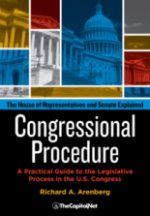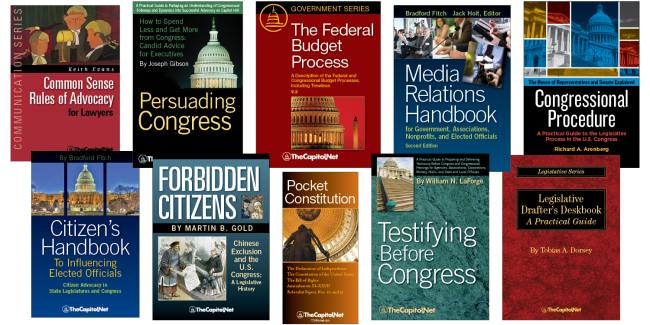The power to appoint all federal judges is shared by the president and the Senate. The legal framework for such appointments is established by provisions within the Constitution under Article II, Section 2, Clause 2.

Nominations for judicial appointments by the president are transmitted by message to the Senate. The message is read and the Senate executive clerk assigns a consecutive number to the message. In most instances, the Senate Judiciary Committee begins the consideration of a nomination by gathering more information about the individual nominated. The nomination of federal judges is subject to a committee hearing, during which the nominee and others testify.
Several options are available to the Judiciary Committee regarding the disposition of a nomination, and the Committee is not required to act upon nominations at all. In the event the Committee chooses to report a nomination, it can choose to do so favorably, unfavorably or without any recommendation.
The committee chair usually reports the nomination to the full Senate. The legislative clerk then notifies the executive clerk, who assigns the nomination a number and places it on the executive calendar of the Senate. When a nomination is considered by the full Senate, it is done in executive session, not a legislative session. The procedures utilized during an executive session are similar in nature to a legislative session. One exception is that floor consideration may not begin until a nomination has been placed on the calendar for a minimum of one day, except in the case of unanimous consent.
Only rarely does the Senate vote to reject a nomination. Unsuccessful nominations typically die from inaction. On occasion, a nomination may be sent back to the Committee for further consideration. Under Senate rules, pending nominations may be sent back to the president when the Senate recesses or adjourns for more than thirty days. The Senate retains the right to waive this rule by unanimous consent.
When a nominee is confirmed, the secretary of the Senate will attest to a “resolution of confirmation,” which is then sent to the White House. The president may also choose to withdraw a nomination at any time, which ends the nomination process.
Reference: Congressional Deskbook, Section 10.80 Congress and the Executive: Appointments, and Section 10.81 Confirmation Procedure.
More
- The President’s Nominations to Federal Courts
- Blue-Slip Resolution / Star Print / Blue Slip (CongressionalGlossary.com)
Courses
- Congressional Operations Briefing – Capitol Hill Workshop
- Drafting Federal Legislation and Amendments
- Writing for Government and Business: Critical Thinking and Writing
- Custom, On-Site Training
- “Preparing and Delivering Congressional Testimony and Oral Presentations” a Five-Course series on CD
- “Congress, the Legislative Process, and the Fundamentals of Lawmaking Series” a Nine-Course series on CD
Publications

Testifying Before Congress

Pocket Constitution

Citizen’s Handbook to Influencing Elected Officials: A Guide for Citizen Lobbyists and Grassroots Advocates

Congressional Procedure
CongressionalGlossary.com, from TheCapitol.Net
For more than 40 years, TheCapitol.Net and its predecessor, Congressional Quarterly Executive Conferences, have been teaching professionals from government, military, business, and NGOs about the dynamics and operations of the legislative and executive branches and how to work with them.
Our custom on-site and online training, publications, and audio courses include congressional operations, legislative and budget process, communication and advocacy, media and public relations, testifying before Congress, research skills, legislative drafting, critical thinking and writing, and more.
TheCapitol.Net is on the GSA Schedule, MAS, for custom on-site and online training. GSA Contract GS02F0192X
TheCapitol.Net is now owned by the Sunwater Institute.
Teaching how Washington and Congress work ™

